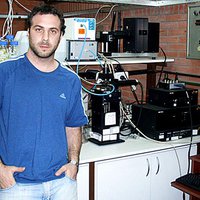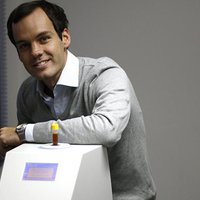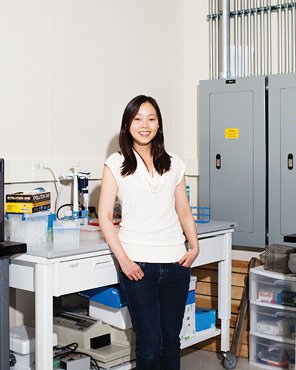Biotechnology & medicine
Christina Fan
Prenatal testing for genetic conditions from a sample of the mother’s blood

Latin America
Juan Sebastián Osorio Valencia
Personalized medical devices for an specialized medical care

Latin America
Marcelo Martí
New approach in the search for effective TB treatment

Europe
Héctor Perea
Creating implants with the patient's own cells

Global
Ryan Bailey
Shining a light on faster, cheaper, more accurate medical tests
